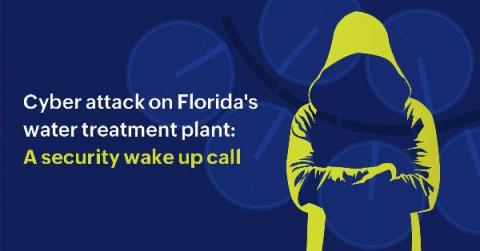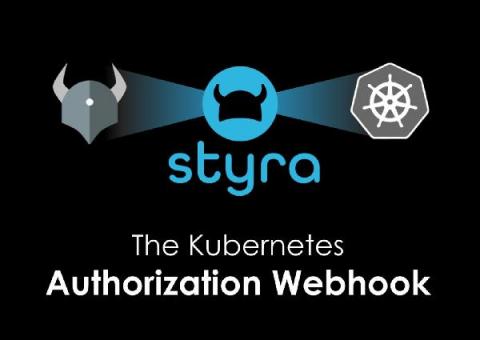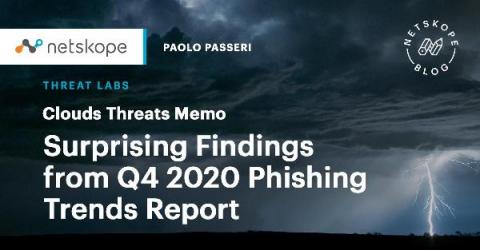Security | Threat Detection | Cyberattacks | DevSecOps | Compliance
Latest News
Cyberattack on Florida's water treatment plant: What it means to global organizations
The recent news of a cyberattack on a water treatment plant carried out by a remote perpetrator came as a shock to organizations around the world. Earlier this month, an unauthorized threat actor had remotely accessed the plant’s control systems via TeamViewer and used it to increase the amount of sodium hydroxide (lye) in water to dangerously higher levels.
What is an incident response plan? Reviewing common IR templates, methodologies
In today’s threat landscape, it’s no longer if an incident will happen, it’s when. Defending your organization and having a plan for what to do if an incident occurs is more critical than ever. And frankly, the benefits of having an incident response plan are quantifiable. Ponemon’s Cost of a Data Breach Report compared organizations boasting robust security Incident Response (IR) capabilities with those that do not.
Calligo acquires US-based Decisive Data to accelerate Data Insights Services
Today, Calligo announces the acquisition of Decisive Data, a pioneer in data analytics, data science and visualization. This is a significant acquisition for Calligo as it not only increases the resources and capabilities of our Data Insights team, but it also creates the most capable, accessible and compliant data insights service for modern businesses.
The Kubernetes authorization webhook
The webhook feature of the Kubernetes API offers a powerful mechanism to extend the modules that comprise the Kubernetes API servers with custom code for authentication, authorization and admission control.
Extensibility and the Snyk API: our vision, commitment, and progress
At Snyk, we strongly believe in empowering developers to take ownership of security. Developers are the builders of today and ultimately hold the keys to successfully securing their code. Only a developer-first approach, one that combines developer-friendly tooling together with guidance by security, can help organizations traverse the path to better-secured applications.
How the COVID-19 pandemic has changed IT & Security
Modernizing Your Data Protection Strategy
Sharing data is the basis for all business processes and what drives operations and productivity. Today, more than 50% of organizations’ data is in the cloud and the typical enterprise now deploys more than 2,400 cloud applications. Concurrently, data protection remains the nexus between cloud apps, web services, and an increasingly larger number of remote users in support of modern business initiatives.
Cloud Threats Memo: Surprising Findings from Q4 2020 Phishing Trends Report
The Cloud Threats Memo is a weekly series from Paolo Passeri, digging into a recent cloud threat and highlighting how Netskope can best help mitigate it. The Anti-Phishing Working Group has recently released its Q4 Phishing Trends Report 2020, which analyzes the top phishing attacks and other identity theft techniques, as reported by the members of the group.
Coming to Life: A Detailed Tutorial on Building Your First ATT&CK Procedure
The MITRE ATT&CK framework is a universally accepted knowledge-base of tactics, techniques and procedures designed to organize and display how adversaries attack real-world assets. Blue teams use ATT&CK to better understand the multitude of new (and old) attacks and map those to their internal tools and systems.











